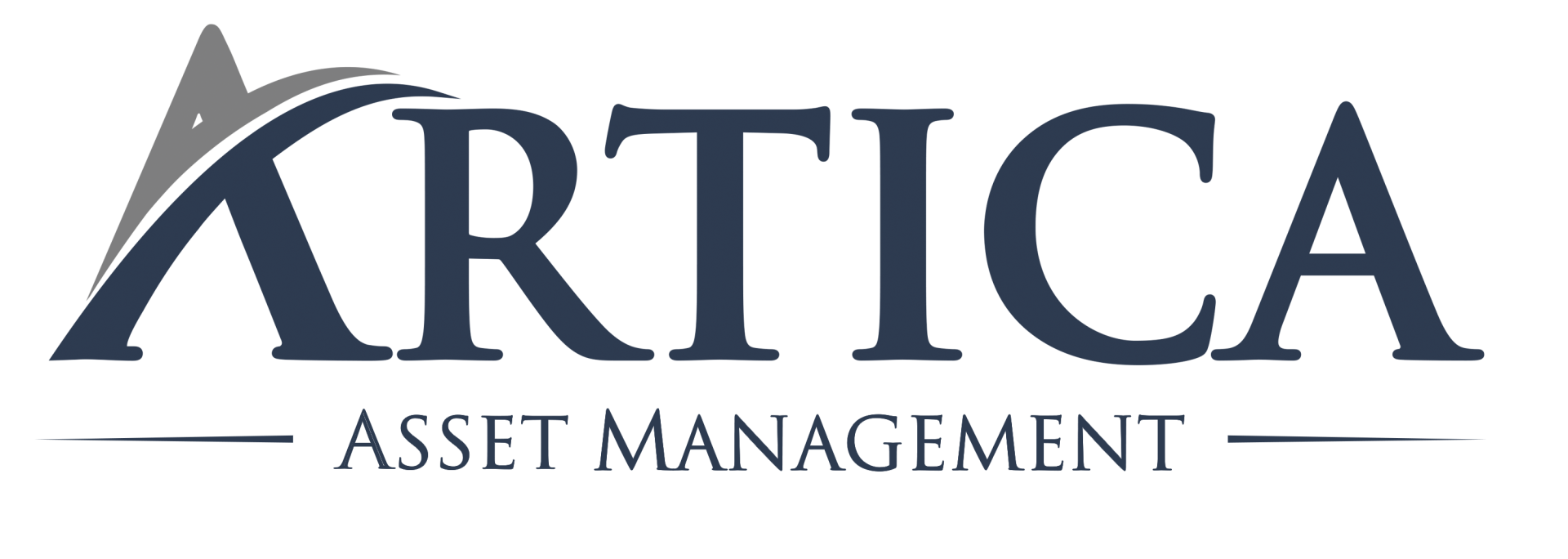How much of my equity should I invest in stocks?
A rule of thumb for investing in stocks is to allocate a percentage of your available equity (equivalent to 100 – your age). Equity available for investments should be one that you are sure you will not need to use for future expenses. Although this rule is simplistic, its main idea is that, when younger, the amount you already have available to invest is less relevant compared to what you can earn throughout your working life, and the investment horizon is longer. Therefore, it is possible to allocate a considerable part of your capital to variable income investments, which tend to yield more than fixed income investments over decades. As you age, it is recommended to transfer a larger percentage of your equity to lower risk investments, seeking to preserve the capital accumulated throughout your life. In addition to this general rule, it is advisable to have a capital reserve in fixed income with immediate liquidity (D+0 or D+1) for unpredictable expenses. The appropriate amount to be kept in this reserve depends on each individual's income stability and personal situation, but the crucial point is to avoid investing all your money in stocks and running the risk of having to sell them at an unfavorable time due to some personal need.

